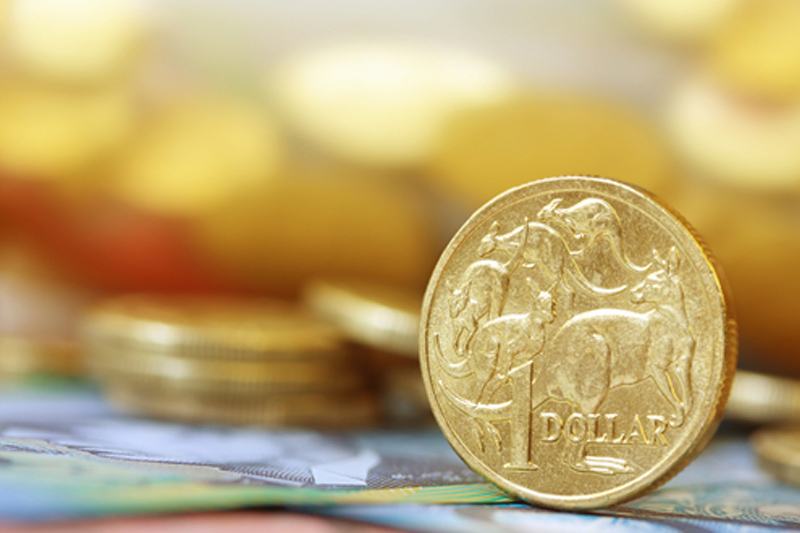By Wayne Cole
SYDNEY, March 14 (Reuters) - The Australian and New Zealand dollars were on the defensive on Thursday as domestic bond yields extended a recent steep decline to multi-year lows, leaving them a long way under comparable yields in the United States.
Chinese economic data offered some support as they were not a weak as bears had been counting on. While industrial output missed forecasts, retail sales and urban investment both beat expectations, a relief after a run of disappointing news. left the Aussie dollar AUD=D3 down 0.3 percent at $0.7074, but up from Wednesday's low of $0.7049. It now faces resistance around $0.7120, while support lies under $0.7050 and around $0.7000.
The New Zealand dollar NZD=D3 was holding at $0.6853, having failed to clear resistance around the week's top of $0.6873. It has support around $0.6830.
Bonds in both countries continued to rally as investors narrowed the odds on cuts in official interest rates this year.
Australian futures 0#YIB: are fully priced for a quarter point cut in the 1.5 percent cash rate as soon as August. At the start of the month the implied timing had been out at February next year. They also showed an 80 percent probability of a second easing to 1 percent in following months.
As a result, yields on three-year bonds AU3YT=RR , the most liquid paper at the short-end, had dropped as far as 1.513 percent. That was the lowest since late 2016 and only a whisker above the overnight cash rate.
Futures were leading the way with the March contracts due to roll over into June on Friday. The three-year contract YTTc1 has shot up almost 15 ticks in the past two weeks amid a run of soft domestic data to reach its highest since October 2016.
Australian 10-year yields AU10YT=RR were now 66 basis points below those in the U.S., the widest gap on record.
In New Zealand, 10-year yields NZ10YT=RR have dived to their lowest in modern history around 2.06 percent.
Much of the forex action was again in sterling, which stretched as high as A$1.8851 GBPAUD= at one point - territory not visited since the British first voted to leave the EU back in June 2016.
The jump came after parliament rejected leaving the European Union without a deal, further weakening Prime Minister Theresa May and paving the way for a vote that could delay Brexit until at least the end of June. is not yet clear what type or period of extension MPs will chose, or whether the EU would accept it.
"So sterling is set to stay stuck in the washing machine for a while longer," said Ray Attrill, head of FX strategy at NAB.
"Indeed, it is still not possible to rule out the risk that we end up with a snap General Election, an event risk which has the potential to hurt sterling by even more than the prospect of an imminent U.K. exit from the EU without any transition arrangement." (Editing by Shri Navaratnam)
